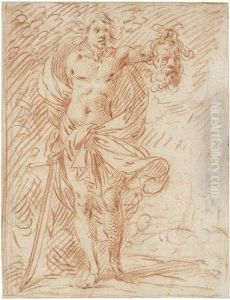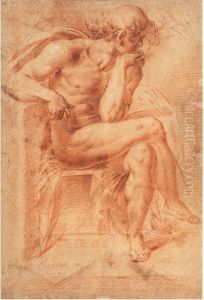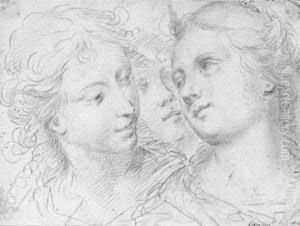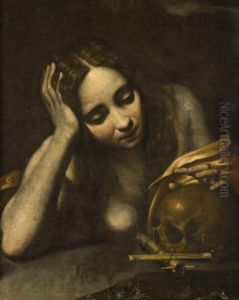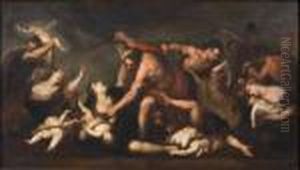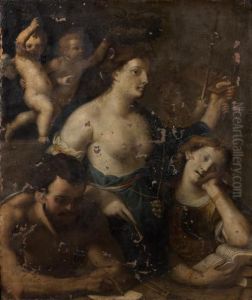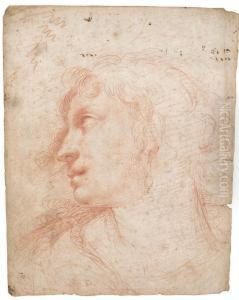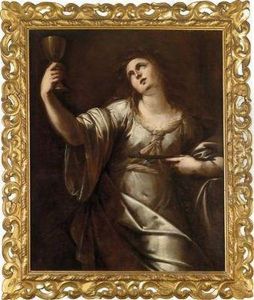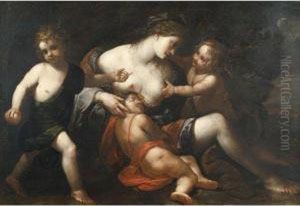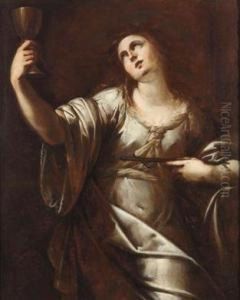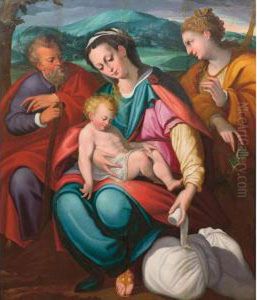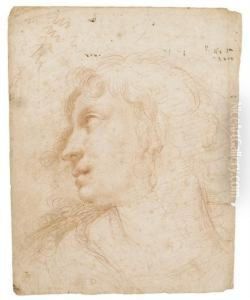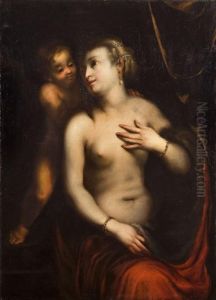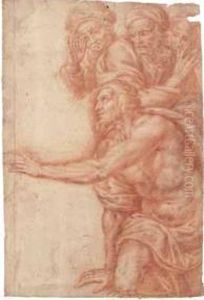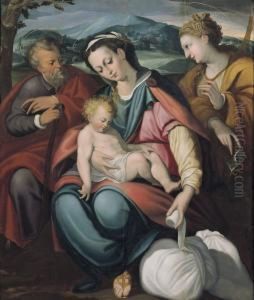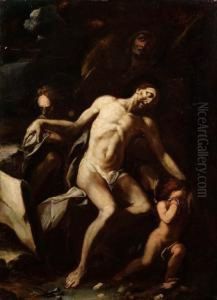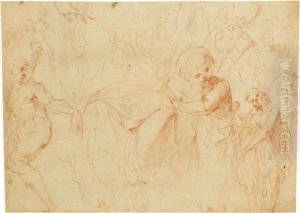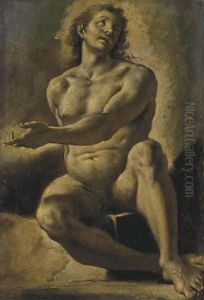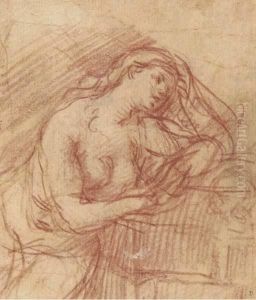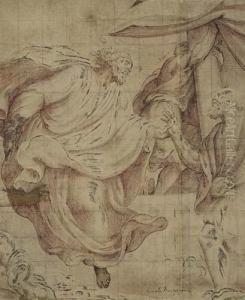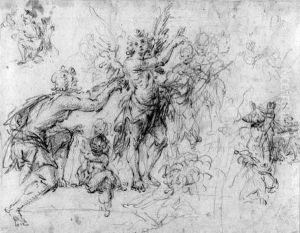Ercole Ii Procaccini Paintings
Ercole II Procaccini was an Italian painter of the Baroque period, born in 1605 in Bologna, Italy, into the illustrious Procaccini family of painters. His grandfather, Ercole Procaccini the Elder, and his father, Camillo Procaccini, were both prominent painters, which established a significant artistic heritage within the family. Ercole II inherited this artistic tradition and contributed to the legacy of the Procaccini name in the art world.
Ercole II Procaccini's education in the arts began under the guidance of his father, Camillo, who was known for his work in the Lombard and Emilian schools of painting. The young Procaccini was exposed to a blend of mannerist and early baroque styles, which he would later integrate into his own work. After honing his skills, Ercole II moved to Milan, which was then one of the leading centers of art in Italy. There, he became involved with the local artistic community and further developed his style.
Procaccini's work is characterized by a strong sense of movement and drama, typical of the Baroque period. He was known for his ability to depict religious and mythological scenes with a dynamic and emotive flair. His paintings often featured bold contrasts of light and shadow, a technique known as chiaroscuro, which was popular among Baroque artists and added a sense of three-dimensionality to his compositions.
Despite his artistic talents, Ercole II Procaccini did not achieve the same level of fame as some of his contemporaries. Nevertheless, he made substantial contributions to the Italian Baroque movement, particularly in Milan, where his work can still be seen in various churches and collections. Some of his notable works include frescoes in the church of San Maria della Passione in Milan and paintings in the Cathedral of Pavia.
Ercole II Procaccini's art was influential in its time and provided a bridge between the Mannerist style of his predecessors and the emerging Baroque sensibility. He passed away in 1680, leaving behind a body of work that reflects the transition of Italian art from the late Renaissance to the Baroque period.
